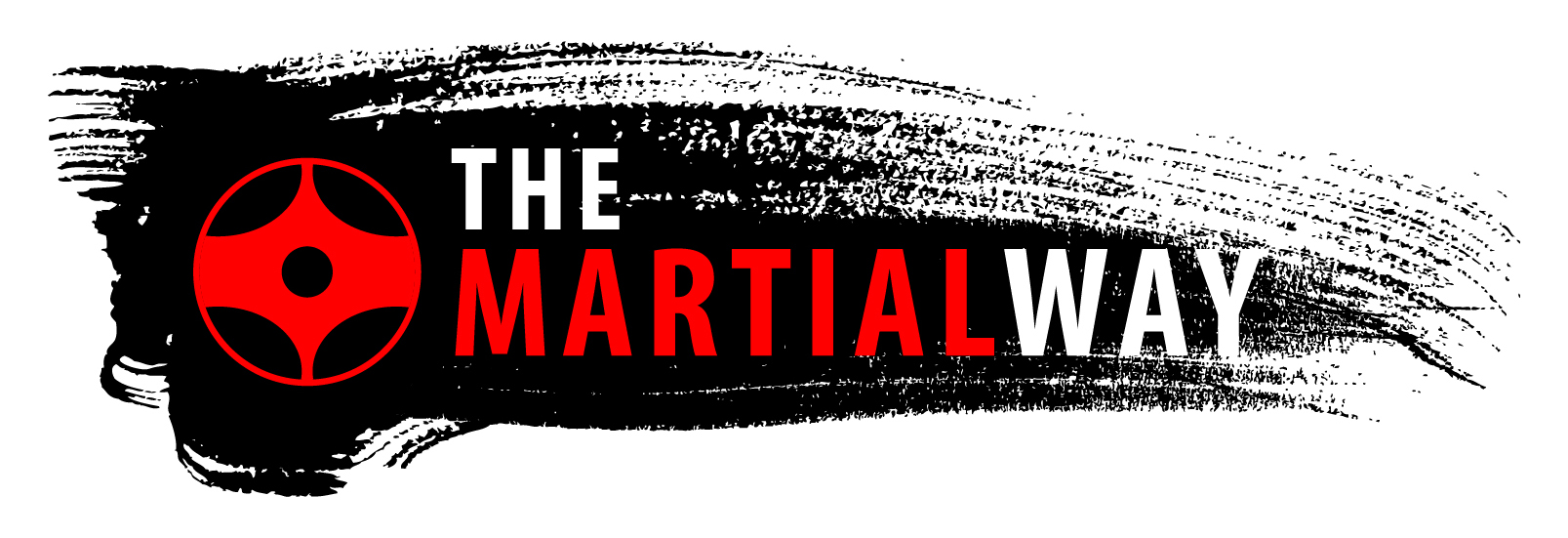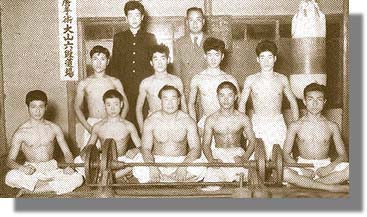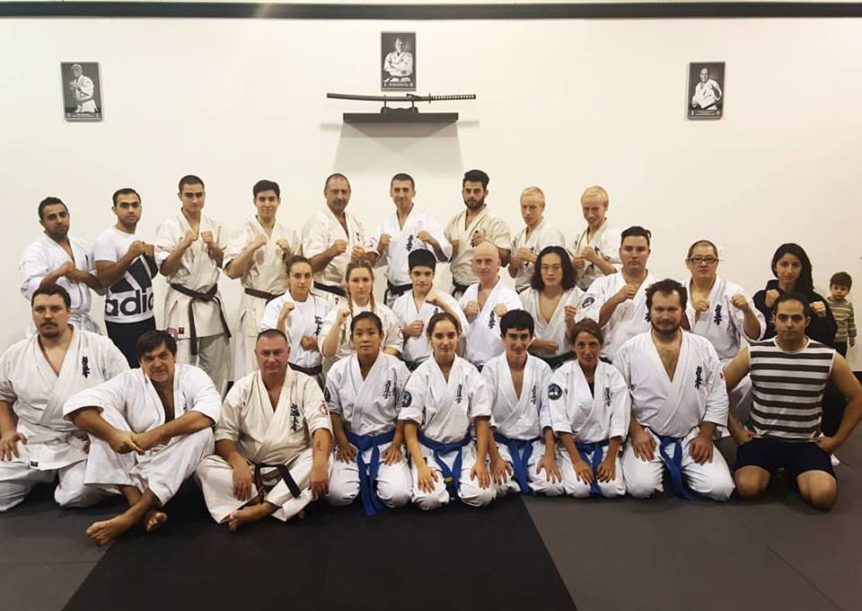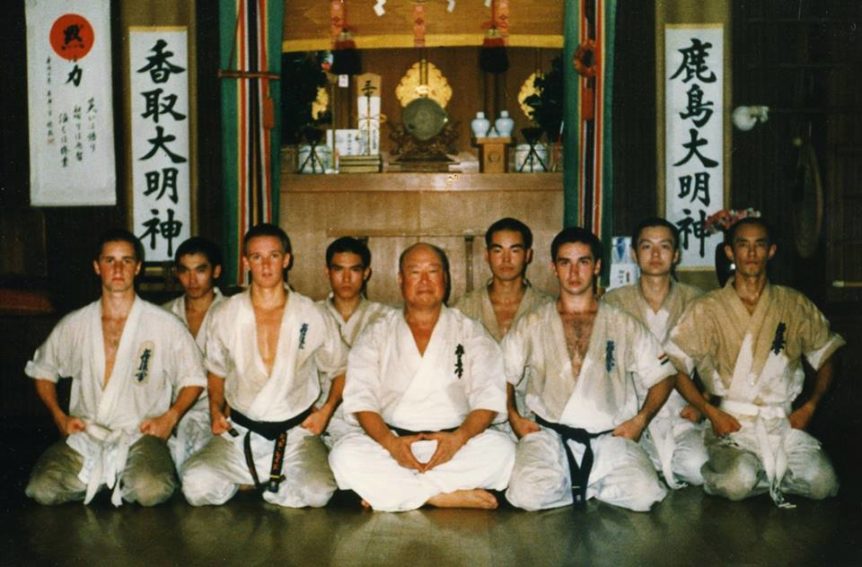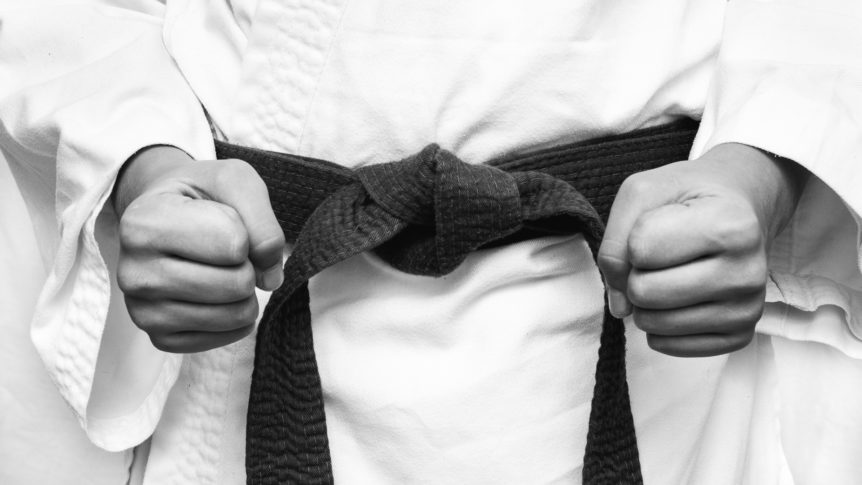As I research and go deeper into the history of Kyokushin Karate I become even more fascinated. Between legend and story, somewhere lays the truth. We may never know fully, but it is wonderful to speculate, learn and share.
What is Ibuki and Nogare?
IBUKI translates to “breath” in English, but the combination of the characters to form Ibuki 息吹 means “inner strength”.
IFK Kyokushin Canada and Israel Shinkyokushin Team training at Contact Kicks Martial Arts in Toronto
Last night Contact Kicks Martial Arts, the headquarters for IFK Kyokushin Canada, had the pleasure of hosting the Israeli Shinkyokushin Team, under the tutelage of Shihan Gleb Rabinovich.
Judd Reid: The Young Lions
– 1,000 Days of Training Under a Karate Legend and the 100-Man Kumite This past week I had the absolute pleasure of reading Shihan Judd Reid’s new book, The Young Lions – 1,000 Days of Training Under a Karate Legend and the 100-Man Kumite.
History of Kyokushin Kata
The word Kata means “shape” or “form”. The kanji for Kata 型 is composed of the following characters: 形 Katachi meaning “Shape” 刈 Kai meaning “Cut” 土 Tsuchi meaning “Earth” or “Soil” Literally translated, kata means “shape which cuts the ground”. The Kata as we know and practice in Kyokushin Karate trace their origin back to the island of Okinawa. Okinawa is one of a chain of islands that are collectively known …
History of Belts In Kyokushin Karate
Colored belts have their origin in Judo, as does the training ‘gi’, or more correctly in Japanese, ‘dōgi‘ or ‘Keikogi’. In Kyokushin the order of the belts varies in some breakaway groups, for example replacing orange with red, but they follow the kyu ranks for the most part.
